In the wake of the 1973 global energy crisis, the automotive industry faced unprecedented challenges. This period marked the rise of Electromotion, a visionary company that pioneered electric vehicles, leveraging components from the esteemed Saab automobiles.
Fast forward to the present, the legacy of Saab’s innovation continues, most recently manifested in a prototype developed by NEVS, which has been acquired by EV Electra. This article commemorates the 50th anniversary of this pivotal moment in automotive history (this news was published exactly on this day, December 4, 1973), exploring the synergy between Saab’s innovations and the evolution of electric vehicles.
Table of Contents
The 1973 Global Energy Crisis
The 1973 oil embargo sent shockwaves through the global economy, drastically affecting the automotive sector. This chapter delves into the circumstances leading to the crisis, highlighting its profound impact on fuel prices and automotive manufacturing.
Electromotion and Saab – A Partnership for the Future
Electromotion’s history is a testament to forward-thinking in the face of adversity. The T3 model, a hallmark of this era, exemplified innovation with its specifications and design, heavily utilizing Saab’s components. This chapter details the partnership’s genesis and its groundbreaking contributions to electric vehicle technology.
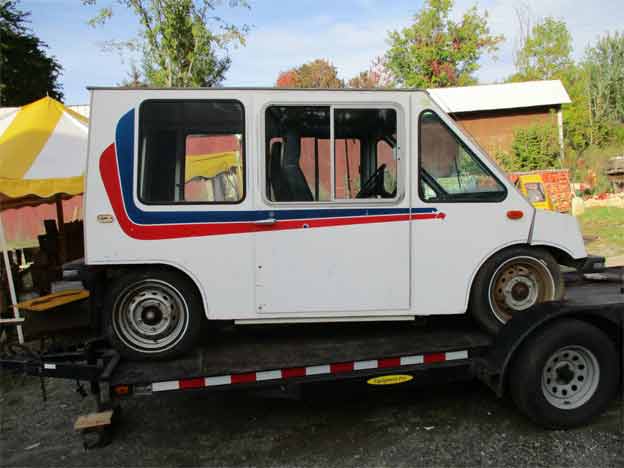
Electric Cars as a Response to the Crisis
The T3 model emerged as a beacon of hope during the fuel shortages, garnering significant market attention. This chapter examines how the T3 reshaped public perception of electric vehicles and their potential in addressing energy crises.
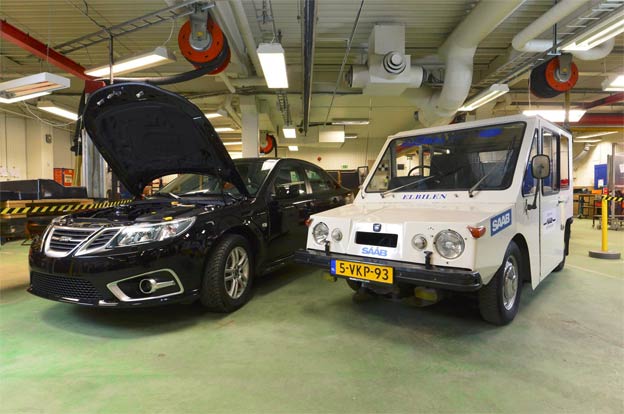
Special Feature: The Saab-Scania Electric Van of 1974
In parallel to the T3 model’s development, another groundbreaking project was underway in 1974 – the Saab-Scania Electric Van. This venture was distinct in its approach; instead of originating entirely from a Swedish engineering lab, it was based on an existing production electric vehicle from Massachusetts, U.S.A.
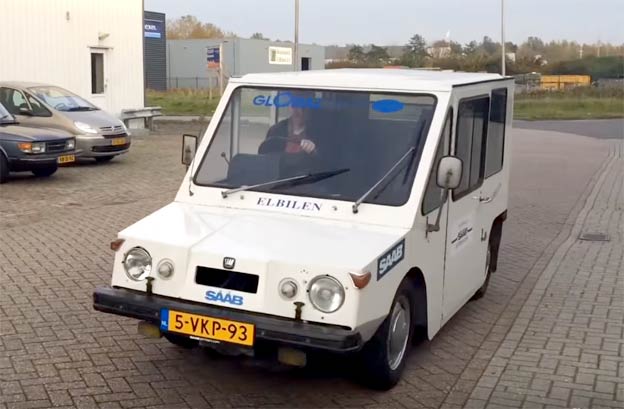
This international collaboration underscored the global efforts in electric vehicle development during the energy crisis. In 1974, the first prototype of the Saab-Scania Electric Van was built, showcasing the synergy between Swedish design and American manufacturing.
One of these rare prototypes eventually found its way to the Netherlands. Remarkably, as highlighted in a video showcasing this piece of automotive history, the Electric Saab Van remains in excellent condition. This surviving model serves as a testament to the durability and forward-thinking design of the era’s electric vehicles.
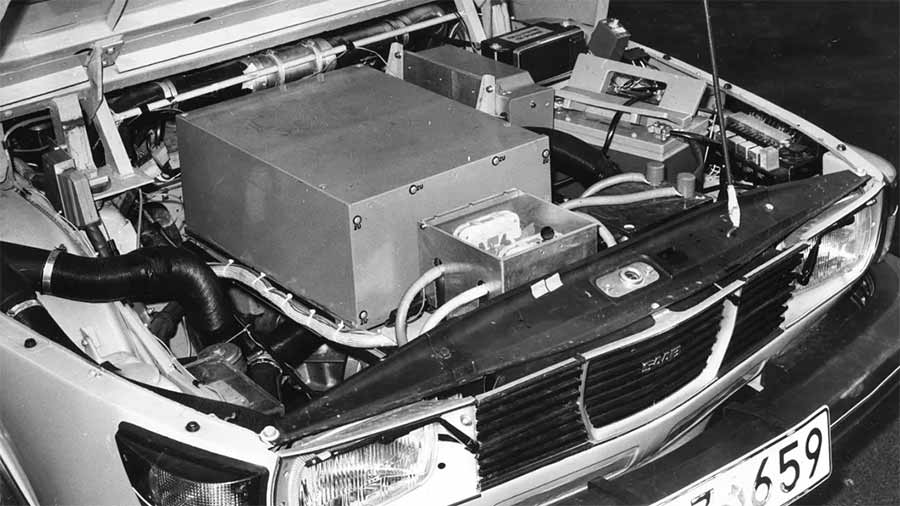
From T3 to Today’s Successors
The evolution of electric vehicles from the 1970s to the present day has been dramatic. This chapter traces the progression of Saab’s technologies and their integration into modern electric vehicles, including the latest endeavors by NEVS and EV Electra, who are carrying forward Saab’s legacy.
Impact on the Modern Automotive Industry
The early success of electric vehicles like the T3 has significantly influenced current automotive trends. This chapter discusses the predictions for the future of electric vehicles, focusing on energy efficiency and environmental sustainability.
Reflecting on the significance of the T3 model, this chapter encapsulates its impact on the automotive industry. It highlights the enduring influence of Saab’s innovations and contemplates the role of electric vehicles in addressing global energy challenges.

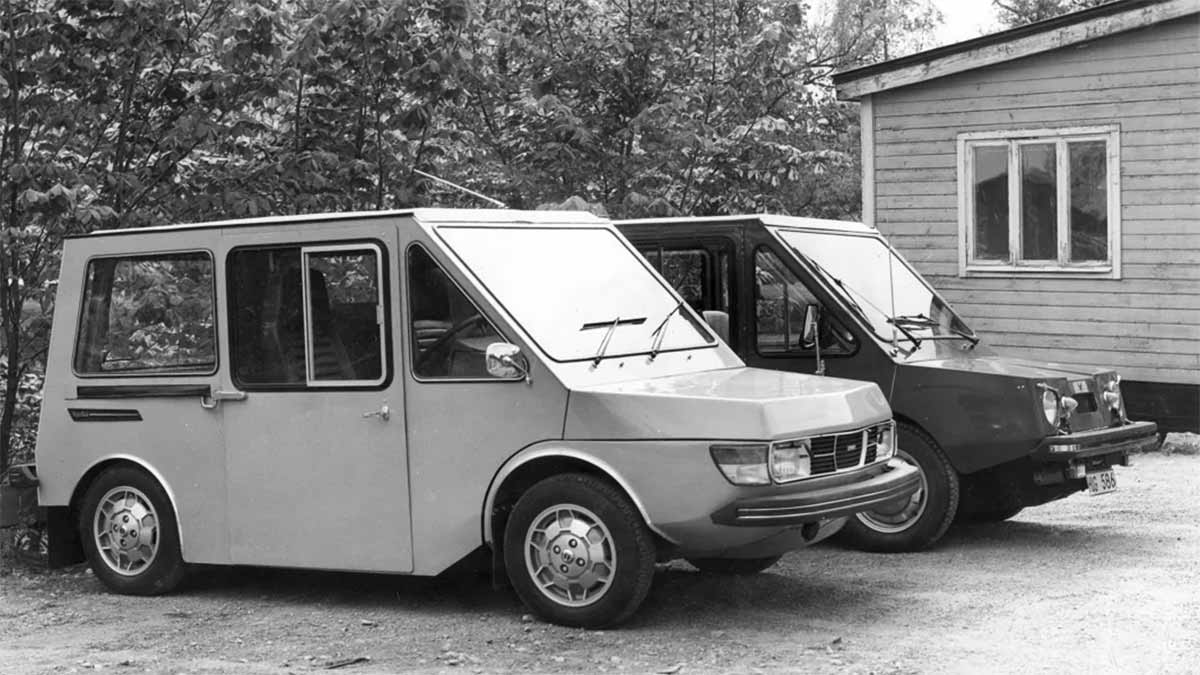








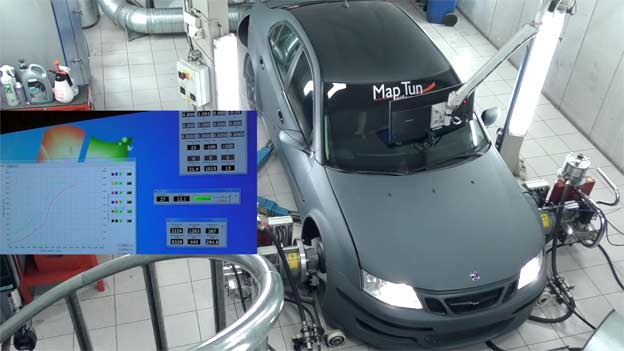

Svante Anderson AB (SAAB).
That works for me….